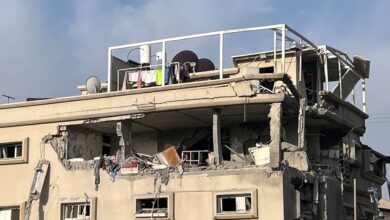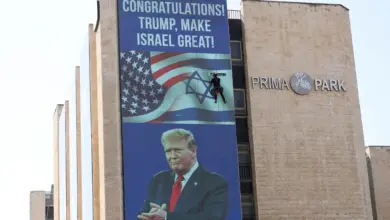
Israel and Hamas continued to negotiate through mediators Friday over the potential release of hostages from Gaza that would prompt another pause in hostilities, sources said, despite the ending of the week-long truce and the resumption of fighting.
The Israel Defense Forces (IDF) said earlier it had “resumed combat operations” and accused Hamas of violating the truce first by firing rockets toward Israeli territory.
A total of 178 people have been killed, with hundreds more wounded, since military operations restarted early Friday, according to a spokesman from Gaza’s Hamas-run Ministry of Health.
But efforts to revive the truce continued, with Israel and Hamas – in consultation with Qatar, the United States and Egypt – actively discussing the release of the rest of the women hostages, according to a source familiar with the discussions.
The IDF said Friday that there are 136 hostages still being held hostage in Gaza, including 17 women and children.
If the remaining civilian women were to be successfully released, the parameters of the negotiations would quickly turn to the release of civilian men as well as both male and female military reservists, two sources said. The negotiating parties believe securing the release of Israeli soldiers will be the most difficult.
The Biden administration and Israeli officials believe that Hamas continues to hold a number of women aged approximately between 20 and 30 – many of them kidnapped from the Nova music festival, one US official and another source familiar with the matter tell CNN.
The young women still held by Hamas are of particular concern to Israel. In hostage negotiations with Israel on Thursday and in the hours after fighting resumed, Hamas has been insisting that that they did not have any more non-military female hostages to release, claiming that some of the remaining women in their captivity were considered a part of the Israel Defense Forces, the sources said.
The resumption of fighting early Friday morning marked the end of a brittle truce between the warring parties that allowed for the release of 110 Israeli women and children, as well as foreign nationals, who had been taken hostage by Hamas during its October 7 attack, and for the release of about 240 Palestinian prisoners from Israeli jails.
Within minutes of the truce expiring, smoke could be seen billowing across parts of the densely populated enclave as the IDF declared it was once again “out to destroy” Hamas. Early Friday evening, Israel’s Iron Dome defense system intercepted incoming rockets near Tel Aviv, CNN staff saw.
Netanyahu’s office said Hamas “didn’t respect its obligation to release today all the abducted women and launched rockets towards the citizens of Israel.”
Netanyahu said his government remained committed to achieving its war aims, which he said were releasing the hostages, eliminating Hamas and ensuring that Gaza never again constitutes a threat to Israelis.
The Hamas-controlled Government Media Office in Gaza blamed the international community – and the United States in particular – for the resumption of fighting, saying they bear “responsibility for the crimes of the ‘Israeli’ occupation and the continuation of the brutal war against civilians, children and women in the Gaza Strip.”
With the resumption of fighting came an expansion of Israel’s military operations in Gaza, which have until now been concentrated in the north. The IDF dropped leaflets in the southern city of Khan Younis on Friday, calling it a “fighting zone” and telling residents to “evacuate immediately.”
Israel repeatedly told residents of northern Gaza to move south of Wadi Gaza – the wetlands that roughly split the territory – for their safety. Khan Younis is located south of that line.
Before the truce began last week, Israel defense minister Yoav Gallant had warned Israel will aim to “dismantle Hamas wherever it is,” which “will include both the north and the south” of Gaza.
The IDF released a new map Friday showing Gaza divided into hundreds of numbered districts showing “evacuation zones” to be used in the “next stage of the war.” It said the map “enables the residents of Gaza to orient themselves and to evacuate from specific places for their safety if required.”
Later Friday, the IDF confirmed it was conducting offensive operations in southern parts of the territory, including Khan Younis and Rafah.
In a video statement, Israel war cabinet member and former Defense Minister Benny Gantz said Israel had “prepared for widening the framework” of its operation in order to bring the remaining hostages home.
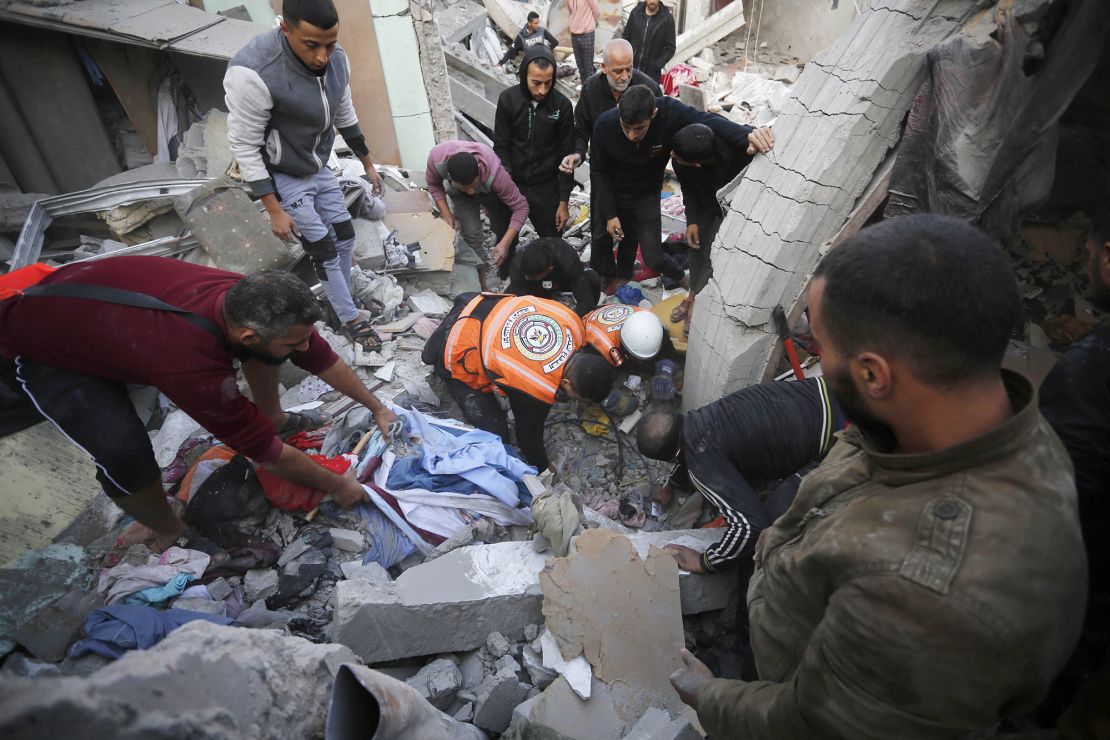
Hours before the latest fighting erupted, the United States pressured Israel to shield Palestinian civilians in one of the most significant diplomatic moves yet in the more than 50-day conflict.
Secretary of State Antony Blinken laid out American requirements in private talks in Jerusalem with Netanyahu and his war cabinet. But he also made the Biden administration approach clear in unmistakable language in public.
“I underscored the imperative of the United States that the massive loss of civilian life and displacement of the scale that we saw in northern Gaza not be repeated in the south,” Blinken said in a televised press conference in Tel Aviv.
End of brief respite
Israel had repeatedly stated it would resume its military assault in Gaza if Hamas could not produce 10 hostages for each extra day of pause. As the 7 a.m. local time deadline (midnight ET) passed, the hostilities resumed almost immediately.
Meanwhile, three additional Israeli hostages have died in Hamas captivity, their kibbutz and the Hostages and Missing Families Forum announced Friday.
They include Arye Zalmanovich, 85, the oldest Israeli held in Hamas captivity, Maya Goren, 56, a mother of four children and Ronen Engel, a resident of Kibbutz Nir Oz whose wife and two children were released this week.
Both Israel and Hamas had indicated earlier they were prepared for fighting to resume. “We should be prepared for a quick transition into full scale fighting at any point, today, tomorrow, at any moment. As soon as we maximize the move to return hostages we will resume fierce fighting across the whole Gaza Strip,” Gallant said Thursday.
Hamas’ armed wing on Thursday also told their forces to “remain on high combat readiness” in the final hours of the truce, the Al-Qassam Brigades said on Telegram.
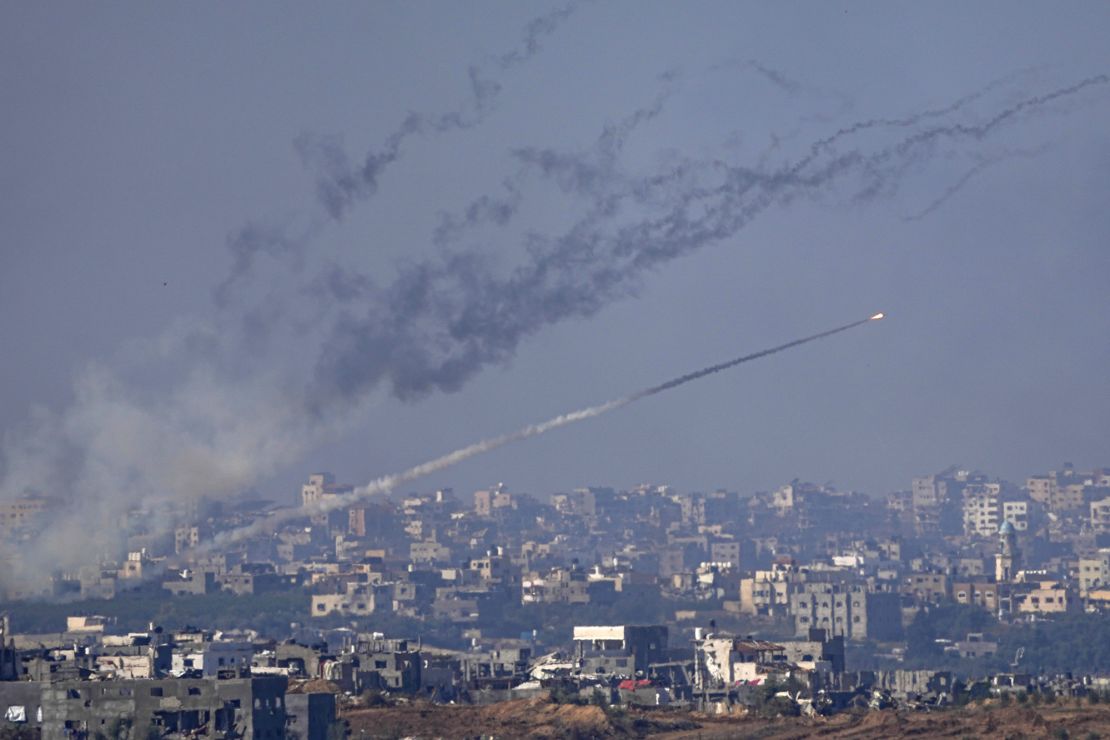
The hard-negotiated truce, which came into effect on November 24, marked the first major diplomatic breakthrough in the latest conflict which began when Hamas gunmen stormed into Israel on October 7, killing some 1,200 people, mostly civilians, and seizing more than 200 hostages, in the deadliest such attack faced by the country since its founding in 1948.
Since October 7, more than 14,800 people, including 6,000 children, have been killed in Gaza after Israel launched attacks from the air and the ground, according to the Palestinian Ministry of Health in the West Bank, using data from Hamas-run health authorities in the Strip.
The brief pause in hostilities allowed for more than 2,700 trucks carrying thousands of tons of desperately needed aid to cross from Egypt into Gaza since October 21, according to an Egyptian official. But even that was completely inadequate to meet the needs of the more than two million people in Gaza, many of whom are displaced, aid agencies said.
Renewed fighting threatens once again to shut off that one supply line into Gaza – where residents were already struggling to find shelter, food and clean water while under constant bombardment from Israeli airstrikes.
Ashraf al-Qudra, a spokesperson for the Hamas-run health ministry in Gaza, told a CNN stringer outside Nasser Hospital in Khan Younis that more than 30 dead and “scores” of injured people “are now in the already overcrowded hospitals” in the Strip.
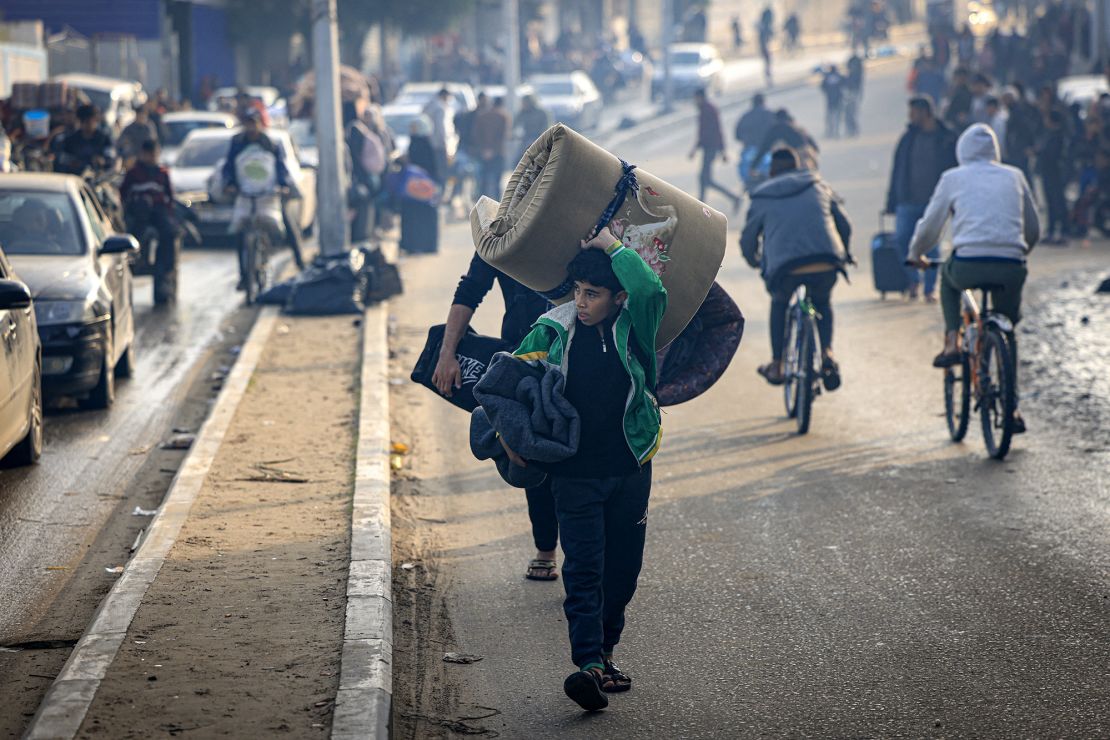
Fighting resumes, but negotiations continue
There had been hopes that the truce, originally slated to last just four days, could be extended into an eighth. But negotiators had warned that extending the truce would be mired in logistical and strategic challenges.
Hamas claimed on Thursday it was having trouble locating 10 women and children hostages – a condition that Israel insisted must be met – to extend the truce.
In the seven-day pause in fighting, 86 Israelis and another 24 foreign nationals were released. Another Israeli dual citizen was also freed outside of the agreed-upon deal.
As of Thursday, 240 Palestinians had been freed from Israeli prisons – mainly women and minors. Under the terms of the truce deal, Israel has to free three Palestinians for every Israeli hostage released.
This is a developing story and will be updated.
CNN’s Ibrahim Dahman, Amir Tal, Kareem El Damanhoury, Tamar Michaelis, Larry Register, Jeremy Diamond, Kaitlan Collins, Sugam Pokharel, Akanksha Sharma Michael Rios, Helen Regan and Jerome Taylor contributed reporting.

